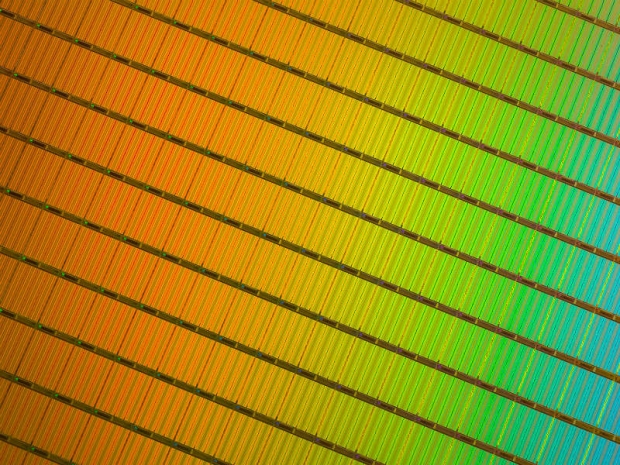While Intel was expected to be the first chipmaker to reach 10nm, the chipmaker has not offered a concrete timeline for its 10nm transition. Most observers expect it in late 2016, so it will be a close call. TSMC has been more forthcoming, so last month the Taiwanese foundry confirmed it will ship 10nm products in 2016 (presumably late 2016).
Bottom line – Intel, Samsung and TSMC could ramp their 10nm nodes in a single quarter. Intel traditionally enjoyed the lead, but this time around it seems the competition has caught up with Chipzilla.
Samsung also confirmed that 14nm FinFET is already coming from four foundries, two in South Korea and two in the US, including the new GlobalFoundries fab in Malta, New York State.
Samsung beat TSMC in the FinFET race, but by 2017 its lead might evaporate. The big question is when will 14/16nm nodes will become attractive from a financial point of view. They are currently reserved for flagship mobile chips, but sometime in 2016 we should see them start replacing 28nm even in cheap chips, along with planar 20nm nodes from TSMC and Samsung.




